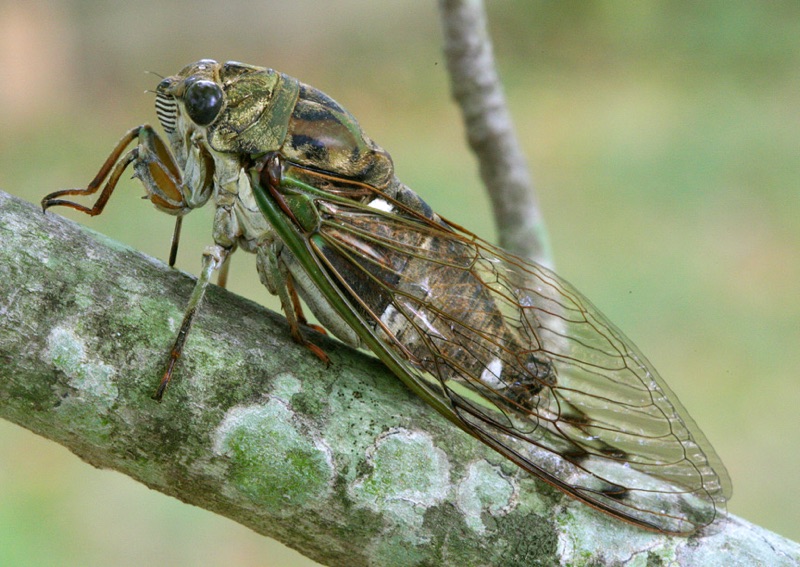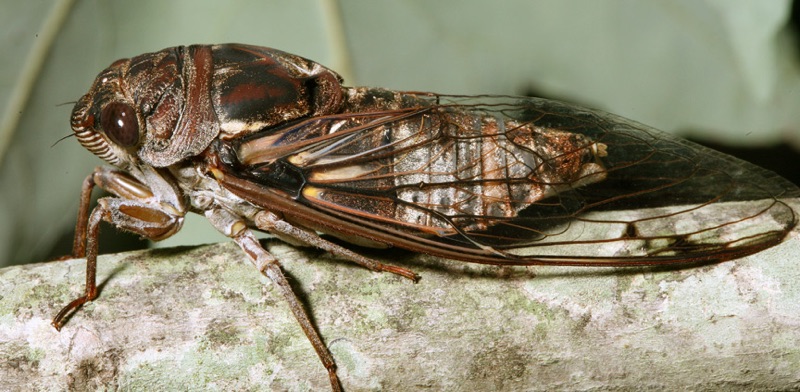Tibicen season is officially over in central Mississippi. Here’s some great side view photos from Paul Krombholz.
Neotibicen pruinosus pruinosus (Say, 1825):

Megatibicen figuratus (Walker, 1858):

Tibicen season is officially over in central Mississippi. Here’s some great side view photos from Paul Krombholz.
Neotibicen pruinosus pruinosus (Say, 1825):

Megatibicen figuratus (Walker, 1858):

2 replies on “Side views of N. pruinosus and M. figuratus”
I had the camera on a tripod for the T. pruinosa in the first picture and, since nothing was moving, I was able to stop the lens down to f 18 and use a shutter speed of 1/10 second. For the second picture (T. figurata) I could stop the lens down to f22 because I used a flash at a shutter speed of 1/200 second. A hand held flash is wonderful for getting sharp pictures with a lot of depth of field. You don’t have to worry about motion blur because, even though the shutter speed is slow enough that motion blur might be a problem, the duration of the flash is something like 1/1000 second, and, with a digital camera, you can set the sensitivity (ISO value) quite low and the f stop quite high so that the ambient light isn’t enough to give you an exposure at all. If the flash didn’t fire, you would get a black picture. The trouble with flash pictures is that they look like they were taken at night, even when they are taken in the day, because the background is unexposed. There just happened to be a leaf behind the T. figurata that also got exposed by the flasn. I think the pruinosa picture looks more natural because of the evenness of the lighting, but I would never have been able to take it if I had been hand holding the camera or if there had been a breeze moving the branch. I didn’t have to worry about spooking the T. pruinosa because I had kept it indoors for about two days after it molted, and it was hungry and concentrating on getting some food.
Great shots again Paul. What’s your camera to get that great depth of field?